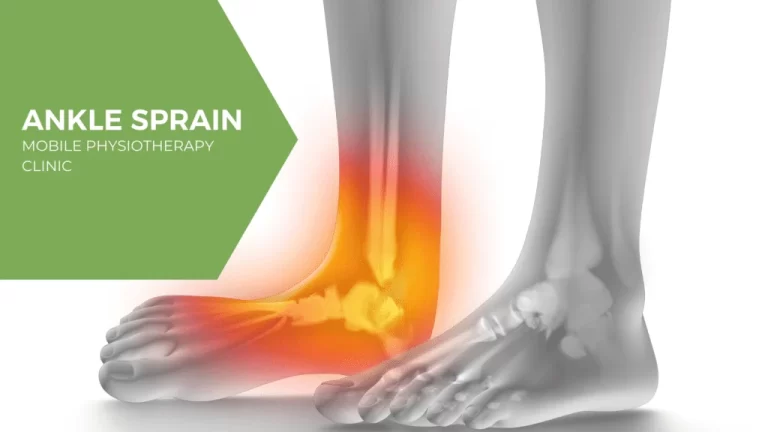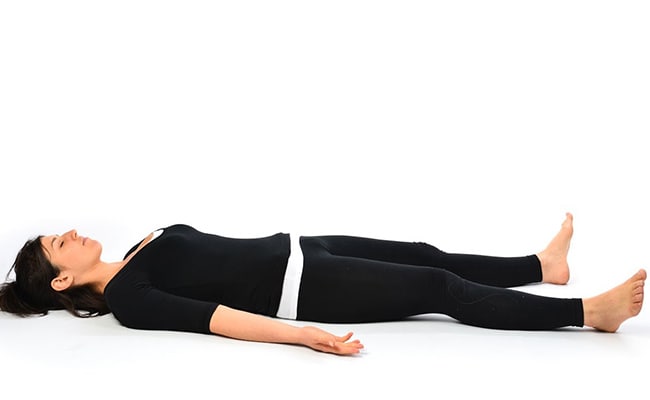How Much Exercise Per Day to Lose Weight?
Table of Contents
Introduction:
Many people see weight loss as a common health objective, and regular exercise is essential to reaching this goal. Although nutrition plays a major role in controlling caloric intake, exercise promotes long-term fat loss by burning calories.
However, one of the most frequently asked topics is: How much daily activity is necessary to lose weight? Your current weight, level of fitness, lifestyle, and overall objectives are some of the variables that will determine the answer.
The amount of exercise that is advised for weight reduction, the best routines, and how to establish a long-lasting program that will help you lose weight and keep it off are all covered in this article.
Recommended Exercise Duration:
Exercise intensity is important, but so are duration and consistency when it comes to weight loss. Clear recommendations for physical activity that can aid in weight loss are provided by health organizations such as the World Health Organization (WHO) and the Centers for Disease Control and Prevention (CDC).
General Recommendations:
- 150–300 minutes a week of moderate-intensity aerobic exercise (such as brisk walking, dancing, or slow cycling).
- Weekly vigorous-intensity aerobic exercise (such as running, swimming laps, or high-intensity interval training) should be between 75 and 150 minutes.
- Most people who are trying to lose weight spend 30 to 60 minutes a day, five days a week.
For More Significant Weight Loss:
- Aiming for over 300 minutes of moderate-intensity exercise per week (about 45–60 minutes per day) may be necessary for some people.
- It is also advised to combine strength training and aerobic activity two to three times per week to maintain muscle mass and increase metabolism.
Types of Exercise and Their Effectiveness:
In terms of weight loss, not all exercises are created equal. Distinct forms of exercise have distinct benefits and burn calories in different ways. Multiple types of exercise are used in a well-rounded fitness regimen to optimize fat reduction, increase metabolism, and enhance general health.
- Cardiovascular (Aerobic) Exercise: Walking, jogging, cycling, swimming, dancing, hiking.
- Strength Training (Resistance Training): Weightlifting, bodyweight exercises (squats, pushups), resistance band workouts.
- High-Intensity Interval Training (HIIT): Circuit training, Tabata exercises, and short bursts of walking and running.
- Non-Exercise Activity Thermogenesis (NEAT): Cleaning, gardening, stair climbing, and walking around the house.
- Flexibility and Balance Exercises: Yoga, Pilates, stretching routines, tai chi.
Common Mistakes to Avoid When Exercising for Weight Loss:
Exercise can be a very powerful tool for weight loss, but many people unintentionally make mistakes that hinder their progress or even cause setbacks. You may remain on course, avoid injury, and accomplish your goals more quickly by avoiding these typical traps.
- Increasing the number of calories burned.
- Depending only on exercise.
- Disregarding strength training.
- Ignoring days of rest.
- Repeating the same exercise.
- Exercising without using the correct form.
- Anticipating prompt outcomes.
- Failing to maintain consistency.
Conclusion:
Consistency, balance, and durability are more important for weight loss through exercise than strenuous sessions or short-term solutions. Aiming for 30 to 60 minutes of physical activity each day is a good starting point, but the best strategy incorporates strength training, cardio, and an active lifestyle with a balanced diet.
Long-term success depends on knowing your demands, avoiding typical blunders, and maintaining motivation. Keep in mind that even if development may be slow, every step matters. For long-lasting weight loss and improved general health, remain dedicated, exercise frequently, and exercise with patience.
FAQs
Aiming for 5,000 to 10,000 steps per day is a decent beginning point for weight loss through walking, while the precise amount depends on personal circumstances. 7,500 steps is a good goal for many people, but there is no one-size-fits-all amount.
Walking does indeed burn fat. When performed regularly and at a fast pace, it’s a great method to burn calories and use fat reserves as fuel. Walking can be more efficient in burning fat for fuel, especially at lower intensities, even if running may burn more calories overall.
A minimum of 150 minutes of moderate-intensity aerobic activity or 75 minutes of vigorous-intensity aerobic activity per week, distributed throughout the week, is generally advised for adults. Additionally, at least two days a week should be dedicated to muscle-strengthening activities. Throughout the day, brief bursts of activity can also be helpful.
The argument for nighttime workouts may be stronger because getting up early to work out is sometimes the last thing you want to do. For some people, the body reaches its peak performance in the afternoon and early evening, with the best muscle function, strength, and endurance frequently taking place later in the day.
Indeed, it is commonly accepted that an hour of exercise per day is sufficient to maintain good health and fitness. An hour of exercise most days can easily meet the American Heart Association’s recommendation of at least 150 minutes of moderate-intensity aerobic activity or 75 minutes of vigorous-intensity activity per week. For the best effects, it’s crucial to combine strength and cardio training activities.
References:
- Sinrich, J. (2024, June 18). How Much Exercise Do You Need to Lose Weight? Verywell Fit. https://www.verywellfit.com/how-much-exercise-to-lose-weight-3495493
- Lindberg, S. (2025, March 3). How to Lose Weight with Cardiovascular Exercise. Healthline. https://www.healthline.com/health/how-much-cardio-to-lose-weight
- The best exercises to lose weight. (n.d.). WebMD. https://www.webmd.com/fitness-exercise/ss/slideshow-exercises-weightloss
- Stokes, V. (2024, February 20). How exercising only 1 to 2 days a week can help you lose weight. Healthline. https://www.healthline.com/health-news/exercising-1-to-2-days-a-week-lose-weight#How-exercising-1-2-times-a-week-can-lead-to-weight-loss
- How much exercise do you need? (n.d.). Mayo Clinic. https://www.mayoclinic.org/healthy-lifestyle/fitness/expert-answers/exercise/faq-20057916







